Category: Wearables
-
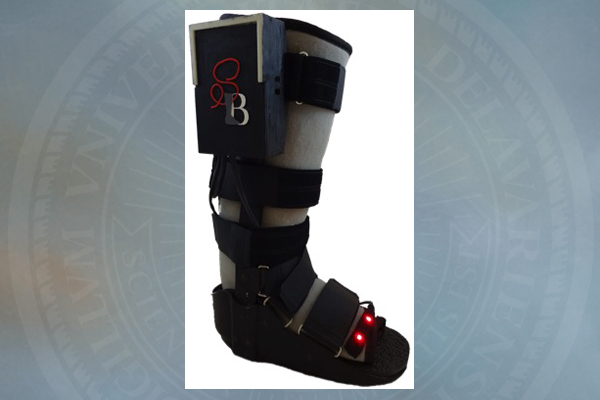
Sensor boot guides bone injury healing
ApplySci blogs about sensor based health innovations. We have seen far too little in the orthopedics space, which remains an area of opportunity. This week we discussed dorsaVi‘s spine injury assessment tool, and today we will describe the “SmartBoot“. Developed by University of Delaware researchers, SmartBoot enables physicians to monitor orthopedic patients as they recover. Users…
-
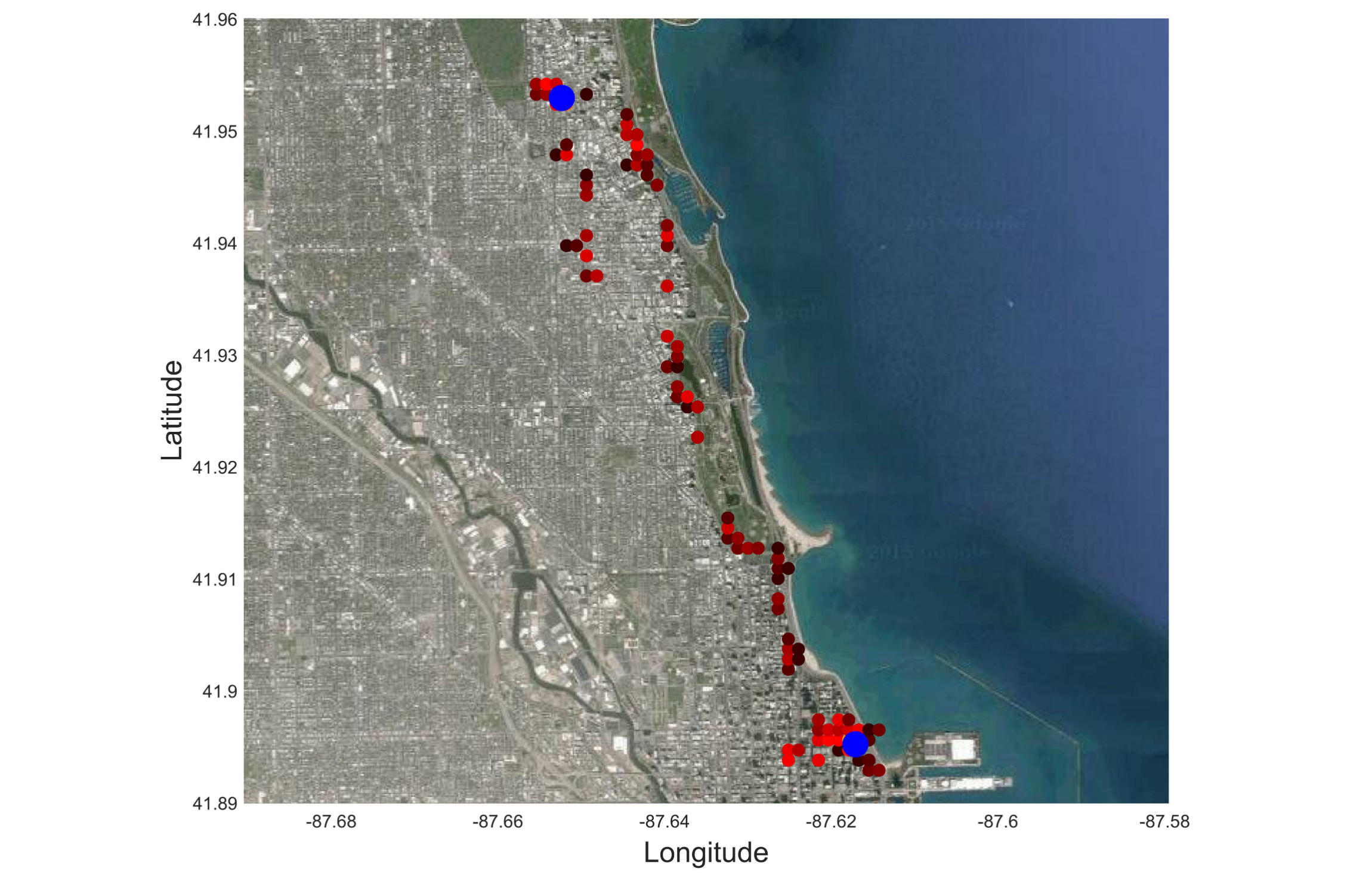
Phone sensors to detect depression risk
Northwestern‘s Sohrob Saeb believes that phones could be more reliable for diagnosing depression than traditional methods. In his recent study, data from smartphone sensors that detect location, movement, phone usage and other activities were used to assess depression risk. GPS or phone usage data were analyzed among 28 participants for two weeks. The “Purple Robot” app…
-
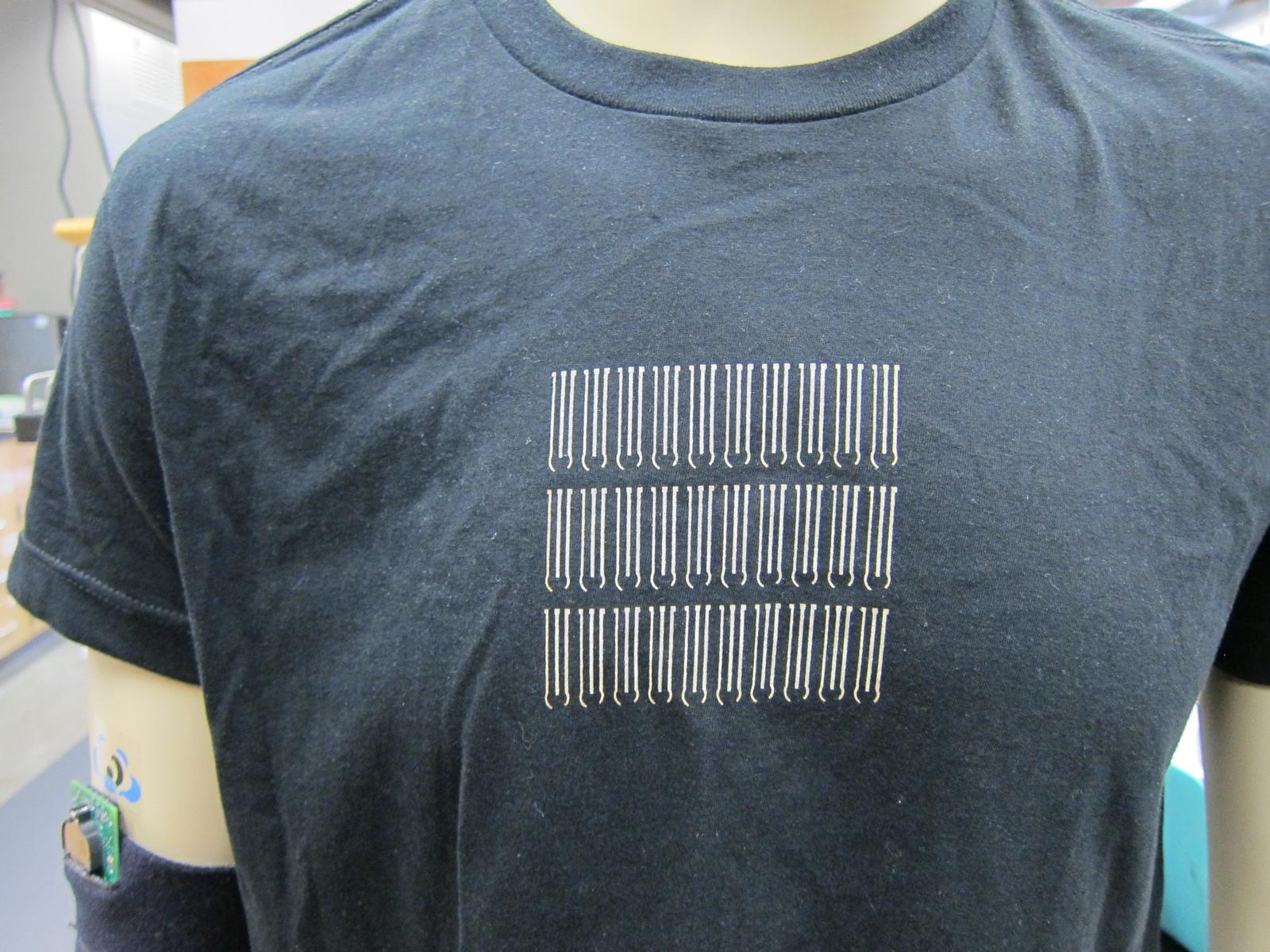
Temperature adaptive clothing cools and heats accordingly
UC San Diego professor Joseph Wang continues to revolutionize health focused wearable technology. ApplySci recently described his totally noninvasive glucose monitoring tattoo, and his bio-ink pen for self monitoring. Professor Wang is now developing clothes with integrated sensors that enable them to heat or cool wearers. He believes this can reduce energy costs by regulating…
-

Samsung patent describes phone grip body fat measure
Samsung has filed a patent application describing technology that could measure body fat levels when a user grips a device. Four sensors would be incorporated into a smartphone or case. “Input current and the intensity of the measured voltage” are measured to determine fat levels.
-
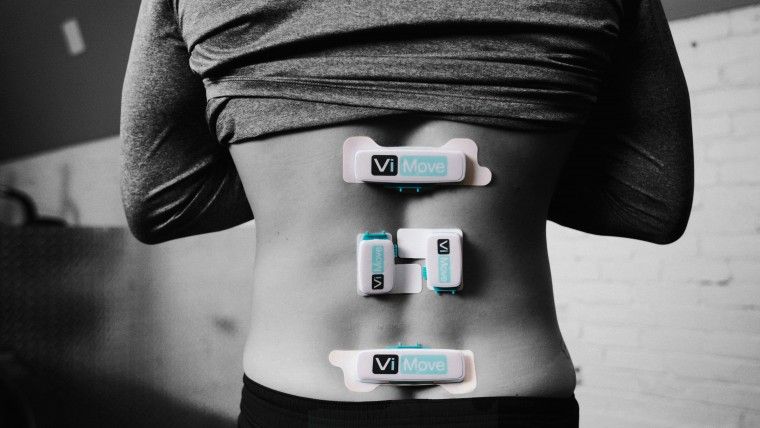
Wearable assesses sports injuries, therapy progress
dorsaVi movement and muscle activity monitors could help sports teams improve injury assessments and document the therapy progress. They are being used by the New Orleans Saints, Cleveland Browns, Golden State Warriors and Toronto FC. The device includes sensors that analyze bending, twisting and stepping, accelerators, magnetometers, and gyroscopes. Electrodes measure muscle activity near the skin’s surface.…
-
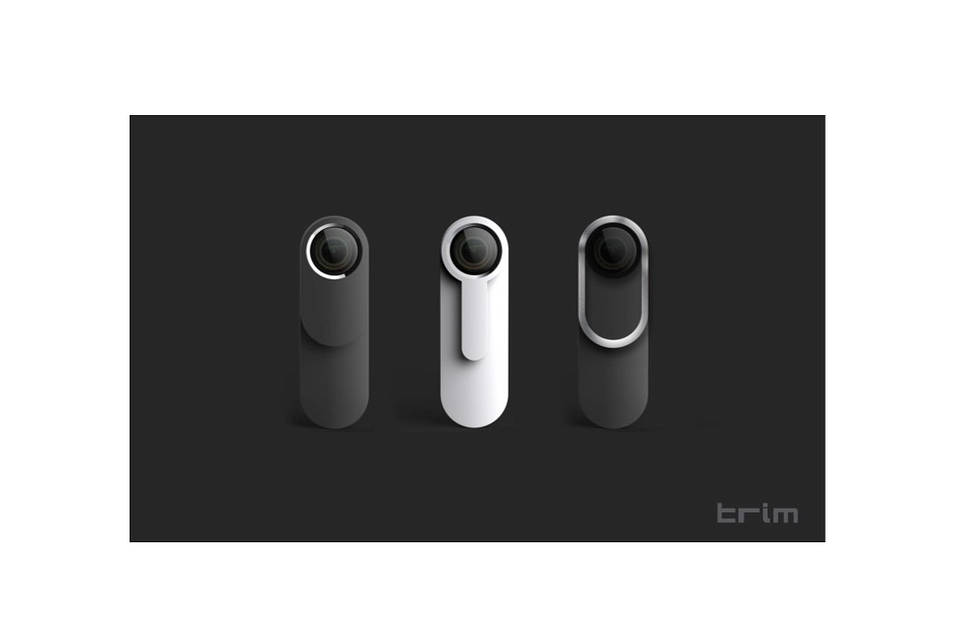
Wearable analyzes faces, voices, surroundings
Professor Amnon Shashua is the founder of Mobileye, a revolutionary computer vision approach to driverless cars. He is also the developer of OrCam, artificial vision technology to assist the visually impaired. This week he announced Casie, a wearable personal assistant. The device is meant for the masses, but could also help the disabled. It looks like a USB stick, and can…
-
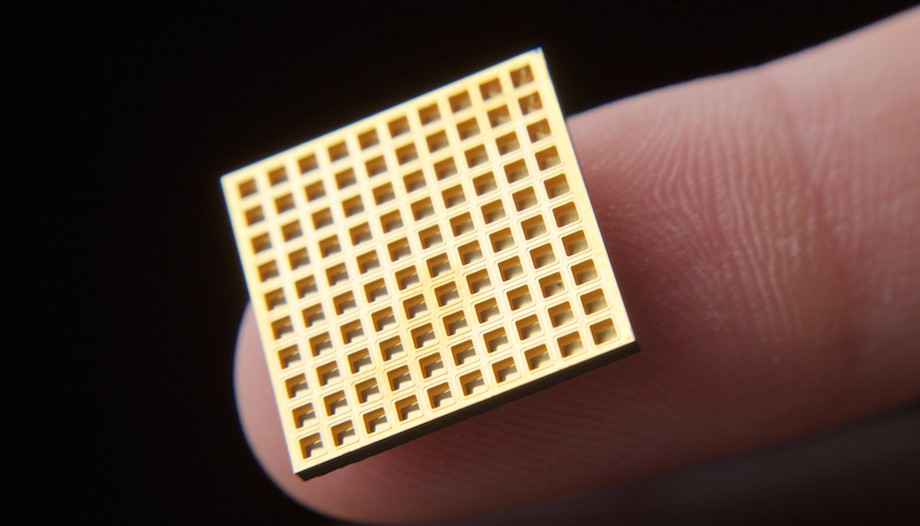
Long term drug delivery chip implant
MIT spinout Microchips Biotech and Teva are developing a long-term drug delivery chip implant. The microchip array can be implanted in the body and programmed to release controlled doses of drugs over months or years. Dosage or frequency can be changed wirelessly from an app. The company claims that the device can deliver medications for 16…
-
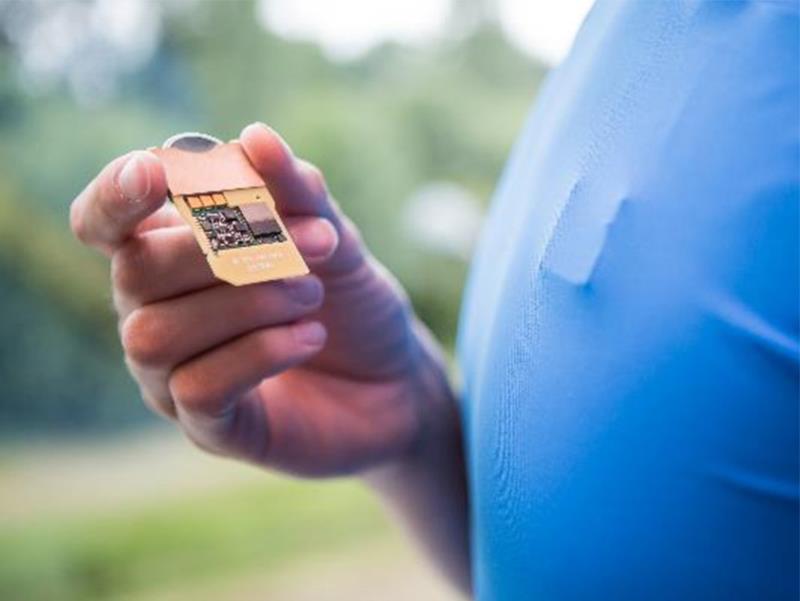
Heart monitoring t-shirt
Imec and Holst Centre researchers have developed a smart t-shirt that monitors heart rate, heart rate variability, activities performed and calories burned. The data is shared via the cloud to a user or doctor’s phone, tablet or computer. The fabric contains miniaturized electronic modules with high accuracy and ultra-low power multi-sensor data acquisition chips. Processing, battery…
-

Clinical trial wearable by Google
Google X has built a clinical grade health wearable intended for use in clinical trials. It measures pulse, heart rhythm, skin temperature, light exposure, and noise levels. The device can collect trial data both inside and outside of the lab. Google’s life science head, Andrew Conrad, first described the wearable to Bloomberg this morning. The…
-

Necklace, scale, cuff to monitor vitals, help manage CHF
toSenses‘s CoVa necklace, and prototype floor pad and cuff/handle combination, measure pulse oximetry, heart rate, blood pressure, respiration rate and temperature. The various forms of monitoring are meant to improve compliance and ease of use. CoVa has received FDA clearance, and is primarily used as a congestive heart failure alert/management system. The scale-like pad uses bioimpedance…
-

Connected bikini warns of sunburn risk
A Spinali bikini, developed by Marie Spinali of Mulhouse, measures exposure to ultraviolet radiation and alerts wearers when they are at risk of sunburn. Its waterproof sensor measures UV exposure and sends smartphone alerts. There is room for error, however, as the alarms are based on a user’s own skin type description. Obviously more of a…
-
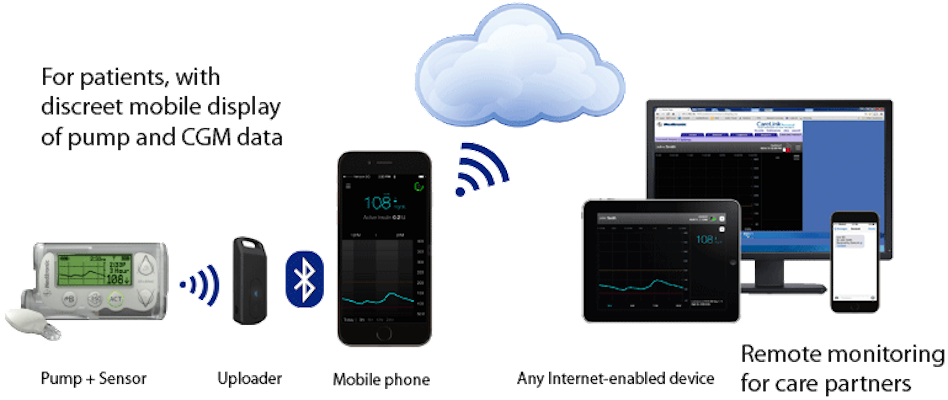
Integrated insulin sensor, infusion, data, notification system
Medtronic’s MiniMed Connect is placed in a pocket or on a keychain. It reads, displays and transmits data from the company’s implanted pumps. An external glucose sensor and insulin pump continually deliver insulin through an infusion system under the skin. It can be programmed to shut off automatically if glucose levels reach predefined thresholds. Glucose and…